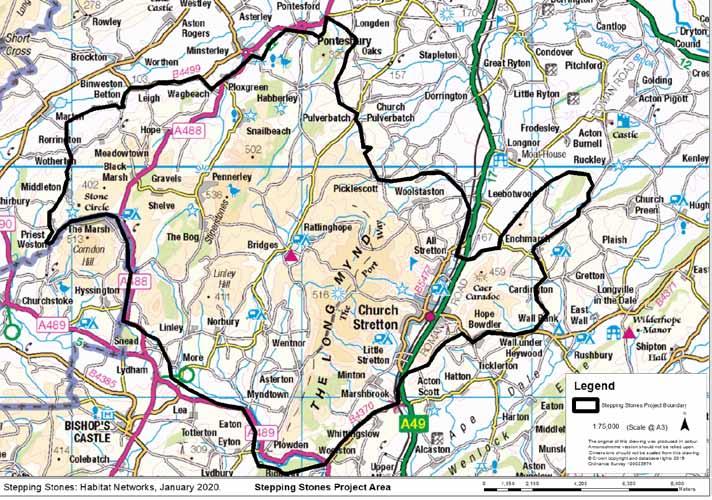Initiated by the Stepping Stones Project, the Shropshire Hills Upland Dragonflies Project aims to assess the status of some of the AOBN’s most iconic insects.
Shropshire Hills Upland Dragonflies Project
Species Action Plans (SAPs) have been produced for 12 species within the Shropshire Hills, which represent the key habitats in the area: rivers & wetland; heath/acid grassland; deciduous woodland; ffridd; and species-rich grassland.
Two dragonflies have SAPs:
Golden-ringed Dragonfly Cordulegaster boltonii represents upland streams.
Black Darter Sympetrum danae represents peatland pools.
Conserving these species’ habitats will benefit a wide range of wildlife, including declining dragonfly species – Emerald Damselfly Lestes sponsa and Common Hawker Aeshna juncea.
A huge thank you to all who took part in 2024!
A full report of our findings, updated distribution maps and great opportunities to get involved in 2025 can all be found by following the link below.
Practical conservation
Middle Marches Community Land Trust and the National Trust need practical volunteers to take-part in habitat management and creation; opportunities include group activities such as hedge planting.
To find out more and volunteer follow the link below.
Stepping Stones Project
The project area covers over 200km² within the Shropshire Hills Area of Outstanding Natural Beauty (AONB).
The aim of the project is ecological connectivity: connecting wildlife habitats by strengthening or creating ‘stepping stones’ and corridors of habitat between and around the two core sites of Long Mynd and the Stiperstones.
There are three main strands to the programme: working with farmers, working with the wider local community and volunteers, and managing ‘stepping stones’ owned by the National Trust and our partner organisations.
Stepping Stones has been developed with a range of partners including Natural England, the Shropshire Hills AONB Partnership, Shropshire Wildlife Trust and Middle Marches Community Land Trust.

Map by Charlie Bell
Title image: Stiperstones by Howard Jacks
